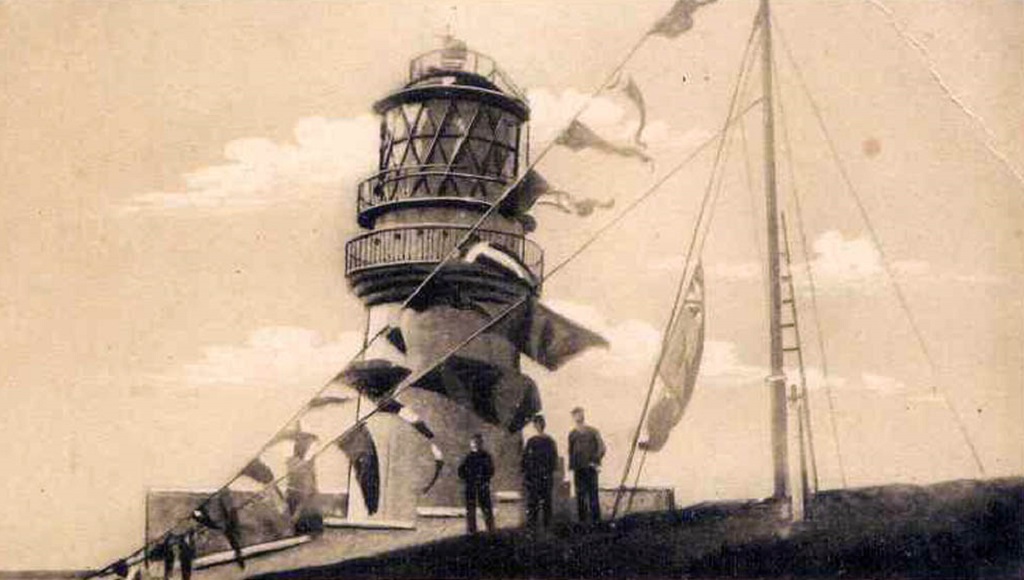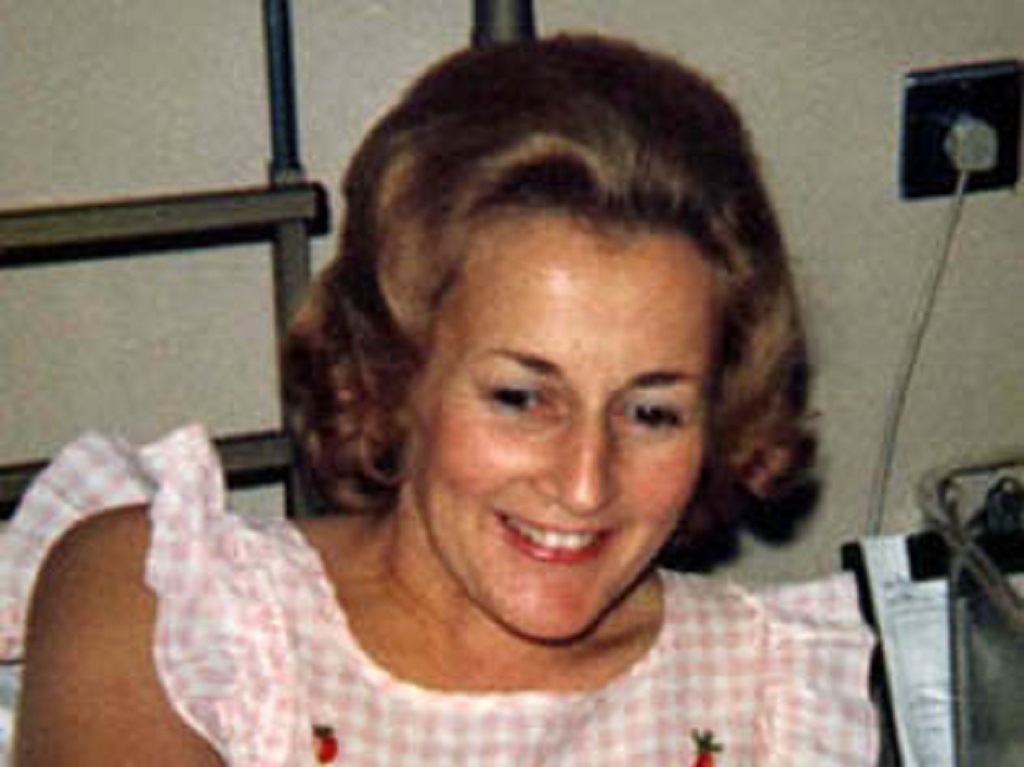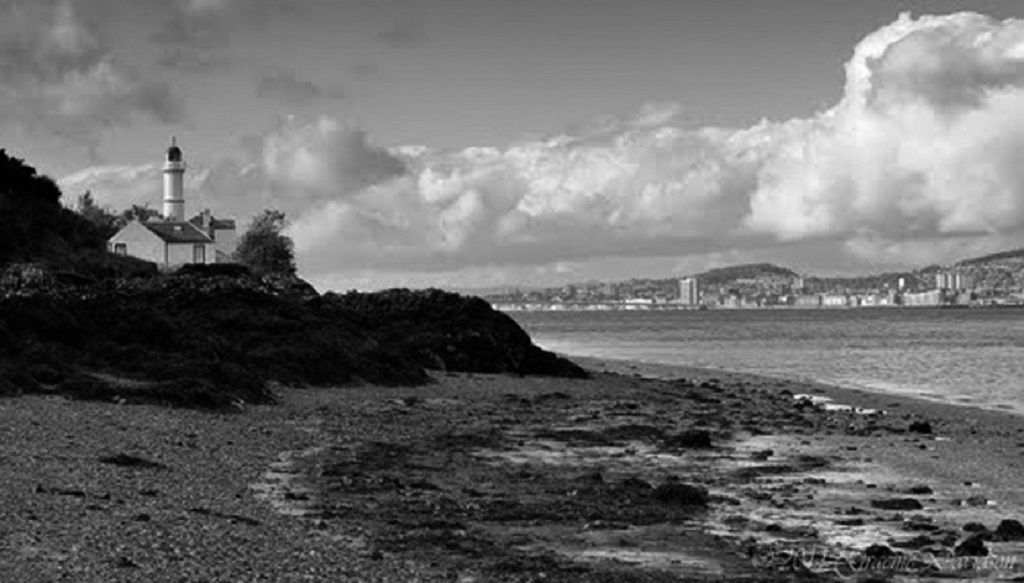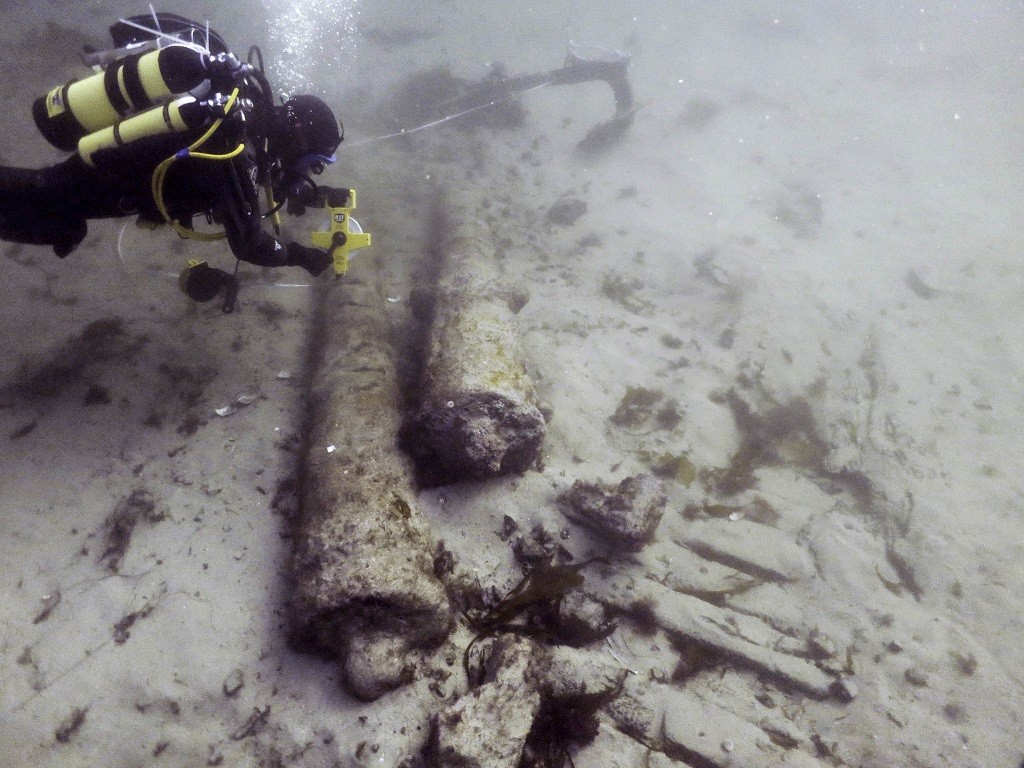
10 fascinating unsolved Scottish mysteries
Missing persons, unclaimed bodies and fairy coffins – all of these figure in our list of Scotland’s 10 most intriguing unsolved mysteries.
Scotland has an air of mystique about it, with mist-covered glens, and its beautiful hills and mountains, but it also has a darker side.
We reveal 10 curiosities…
1. The Fairy Coffins, 1836.
In June 1836, five young boys out hunting rabbits came across 17 miniature coffins hidden in a cave on Arthur’s Seat. They were arranged in three tiers and covered by slates. Each coffin contained a small wooden figure in custom-made clothes. Nobody knows what they represented or why they were placed there. One theory is that they represented the 17 victims of the murderers and grave robbers Burke and Hare, while some believe they belonged to witches casting death spells on individuals.
2. The Mount Stewart Murder, 1866.
When Janet Rogers, a domestic servant, was found dead in a pool of blood at her brother’s Perthshire farmhouse, detectives launched a huge investigation which has become the UK’s oldest unsolved murder mystery. Her brother, William Henderson, had returned to Mount Stewart farmhouse outside Forgandenny near Perth; on finding no response, he climbed through a window, where he saw his sister’s body. She had been bludgeoned to death with an axe. A ploughman was initially accused of committing the crime after a botched robbery, but the jury took only 12 minutes to return a verdict of not proven.
3. The Aberdeen Harbour Arm, 1945.
Collecting driftwood along the coastline at the entrance to Aberdeen’s busy harbour, a local man spotted something white gleaming amongst the seaweed. On closer inspection he discovered a severed human arm, tied at one end with a loop of twine. Fingerprints taken from the arm matched those of a 17-year-old local girl, Betty Hadden. Betty was known to frequent the harbour, catching the eye of visiting sailors. Extensive searches met a dead end and the rest of her remains have never been found.
4. The Flannan Island Lighthouse, 1900.

The Flannan Island Lighthouse
As the lighthouse tender Hesperus sailed past Flannan Island, 20 miles west of Lewis, the lookout noticed there was no beam coming from the lighthouse. On embarking on the tiny island, the captain found an untouched meal waiting to be eaten on the table. There was no trace of the three lighthouse keepers. The superstitious suspect sea monsters, but others have concluded the men were washed off a cliff by a wave.
5. Bible John, 1960s.

The Barrowland Ballroom
Three young women were found murdered in the streets of Glasgow in the late 1960s. All had been strangled with their own tights and raped. All were found partially clothed or naked, their handbags missing, and all had met their killer at the Barrowland Ballroom. Newspapers nicknamed the suspect Bible John after the key witness reported that he had quoted the Old Testament to one victim.
6. The Mrs MacRae Mystery, 1976.

Missing Renee MacRae
Renee MacRae and her young son, Andrew, left their Inverness home apparently to spend the weekend with her sister in Kilmarnock. A bus driver passing a remote lay-by at Dalmagarry saw flames rising from the moorland beyond and on further investigation found it to be a burning car. The vehicle was registered to Mrs MacRae but there was no sign she and her son had perished in the fire. Their disappearance is Britain’s longest-running missing persons case.
7. The Doorstep Murder, 2004.
Bank manager Alistair Wilson was shot dead on the doorstep of his home in Nairn on 28 November 2004 by a stocky man wearing a baseball cap. The police inquiry into the shooting has focused on a Haenel Suhl Model 1 Schmeisser’s patent handgun, made in Germany between 1920 and 1945, which was found down a street drain in the town. The ammunition used in the shooting was made by Sellier and Bellot in the Czech Republic between 1983 and 1993. Despite intense efforts, the police have yet to find the killer.
8. The Unknown Bairn, 1971.

Tayport
On a dull May day in 1971, a Fife postman and his son came across what they thought was a doll washed up on the beach at Tayport. It was the body of a boy aged around three, still wearing what looked like a pyjama top. Nothing suggested he had died of anything other than natural causes. Despite ongoing appeals and huge news coverage, nobody ever came forward to claim or identify the child. Numerous theories have been put forward, including that his family were unable to meet the costs of a funeral, or had been aboard a ship visiting the Tay. The people of Tayport raised money and he was buried in the village, where community representatives pay their respects once a year. His headstone reads: ‘Erected by the people of Scotland in memory of the Unknown Bairn’.
9. The Maille Brézé, 1940.
On 30 April 1940 a French warship, the Maille Brézé, was anchored off Greenock. For some unknown reason, a torpedo tube on board malfunctioned, launching a torpedo on the ship’s deck. Fuel tanks were set ablaze but did not explode. The crew abandoned ship but many sailors were trapped in the mess hall. A local doctor made the tough decision to administer morphine to the trapped sailors through the ship’s portholes to make their certain deaths less painful. No one knows why the torpedo tube malfunctioned that day.
10. The Drumbeg Wreck.

The mysterious Drumbeg wreck
On the seabed off Drumbeg in Sutherland lies an unknown wreck site. Three cannons and a wooden hull remain, but archaeologists have failed to find out the story behind the sunken ship. Local fishermen have known of the wreck since the 1990s but there are no historical records of a ship going down here. One theory is that the vessel was owned by the Dutch East India Company, which collapsed in 1799. Researchers have suggested some or all of the crew may have survived, but no links have been traced.
This feature was originally published in 2016.
TAGS

